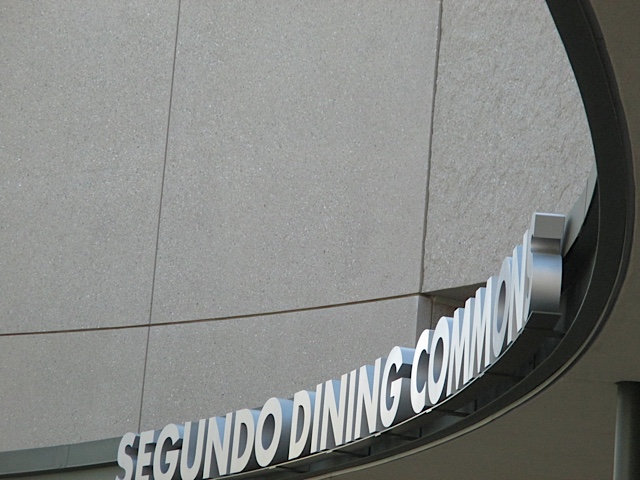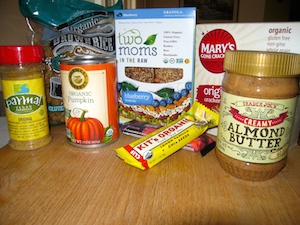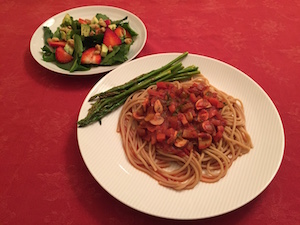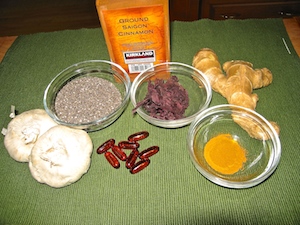
By Angela Parnay
For many people, the daily feast at the UC Davis dining commons is an adventure. In addition to food staples like pasta, pizza, and burgers, there are at least two ethnic dishes on the menu, and theme nights are scheduled about once a month. The menu varies, not just weekly, but monthly as well. In 2014, UC Davis was ranked #18 among US colleges for best food by The Daily Meal.
However, my diet was slightly less varied and my experience less positive. Yes, the Blue Onion meal station always offered a vegan dish, and there was always salad and an Aggie Veggie Burger. Much of the produce was grown locally and dishes were cooked in-house, both of which I support wholeheartedly. My disapproval lies not with the number of options or the quality of ingredients, but with the final products.
Roasted vegetables glistened with oil and left puddles on the plates. The Veggie Burgers, though flavorful, had an odd chewy texture. Special vegan pasta dishes would often be presented – but made with egg noodles. There were multitudes of labeling errors as well – does their balsamic vinaigrette really have egg in it only half of the time? One time, I went to the pasta bar, the day’s most appealing option, and puzzled over the bowls of sauce. Apparently one was plain marinara, but they all looked identical! When I asked which was vegan, I was told both options were the same: filled with ground beef.
Needless to say, after my first year, I moved to an apartment with a kitchen.
However, despite these unfortunate mistakes, I always managed to find something to eat. How? By mixing and matching items from various stations.
For example, my personal favorite: bean and veggie tacos. This was only available on weekends at brunch, because some ingredients were offered as “breakfast” foods and others as “lunch” foods. Soft flour tortillas came from the breakfast burrito station, pinto beans from the soup station, stir fried vegetables and rice from the pasta station, and salsa from the salad bar. I then scooped all of the scavenged goodies into the tortillas and dug in.
Another winner was a burger salad. My friends and I would grab a black bean burger or an Aggie Veggie burger and build a salad with greens, carrots, bell peppers tomatoes, olives, and scoops of mild salsa to top. We would then chop the burger into bits and sprinkle it over the salad. Admittedly, black bean burgers far surpassed Aggie Veggie burgers in both flavor and consistency, and sometimes the salad bar would lack vital ingredients like olives. Still, this dish was a tasty and reliable backup.
My final advice: be creative with the options available. What may seem like a boring menu has the potential for a culinary masterpiece, or at least something satisfying to get you through the day.

Angela Parnay is a second-year student at UC Davis and is happy to report that she no longer depends on the menu selection offered at the dining commons. Between her heavy school load and working in an on-campus computer lab, she enjoys creating her own vegan meals.






